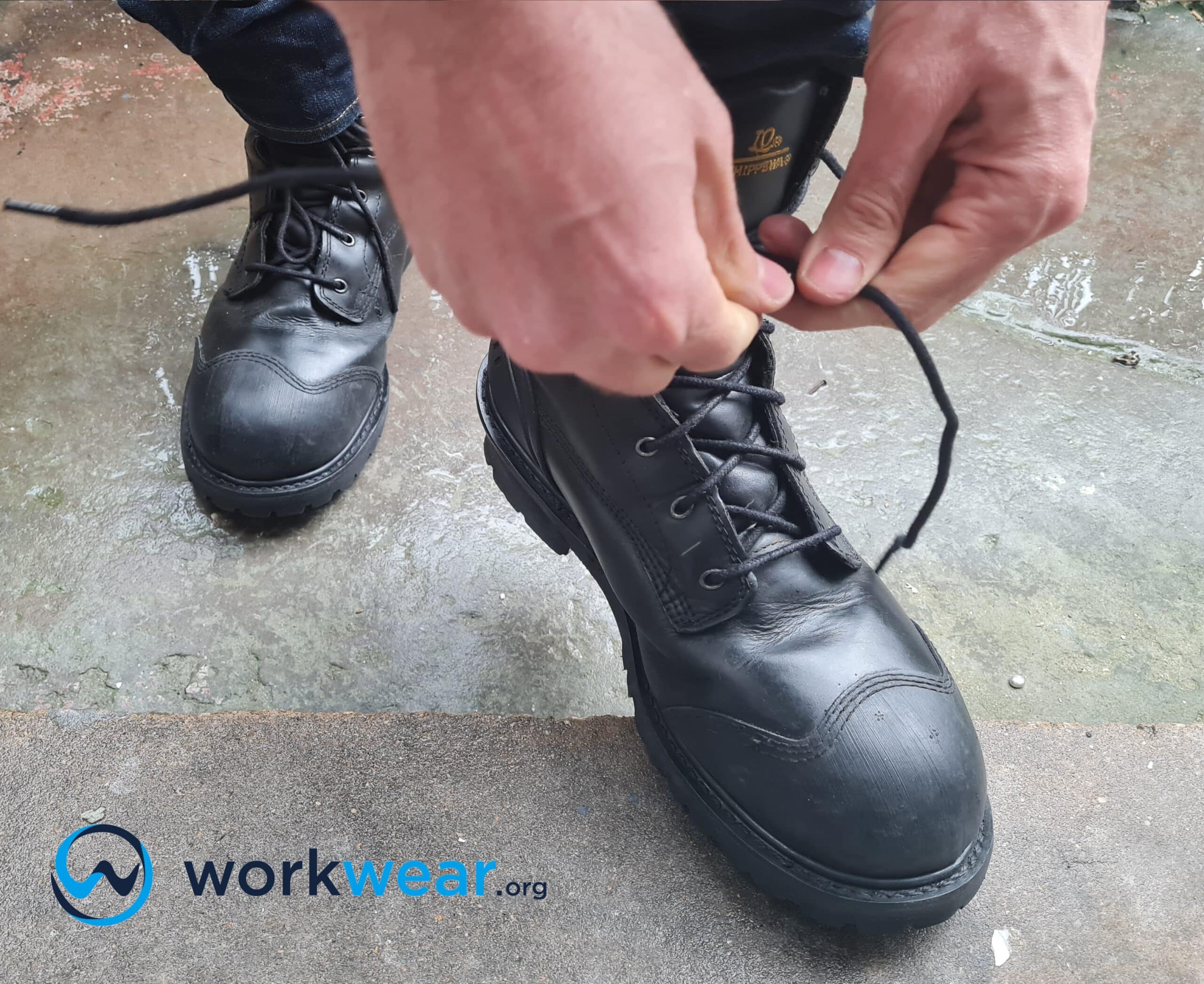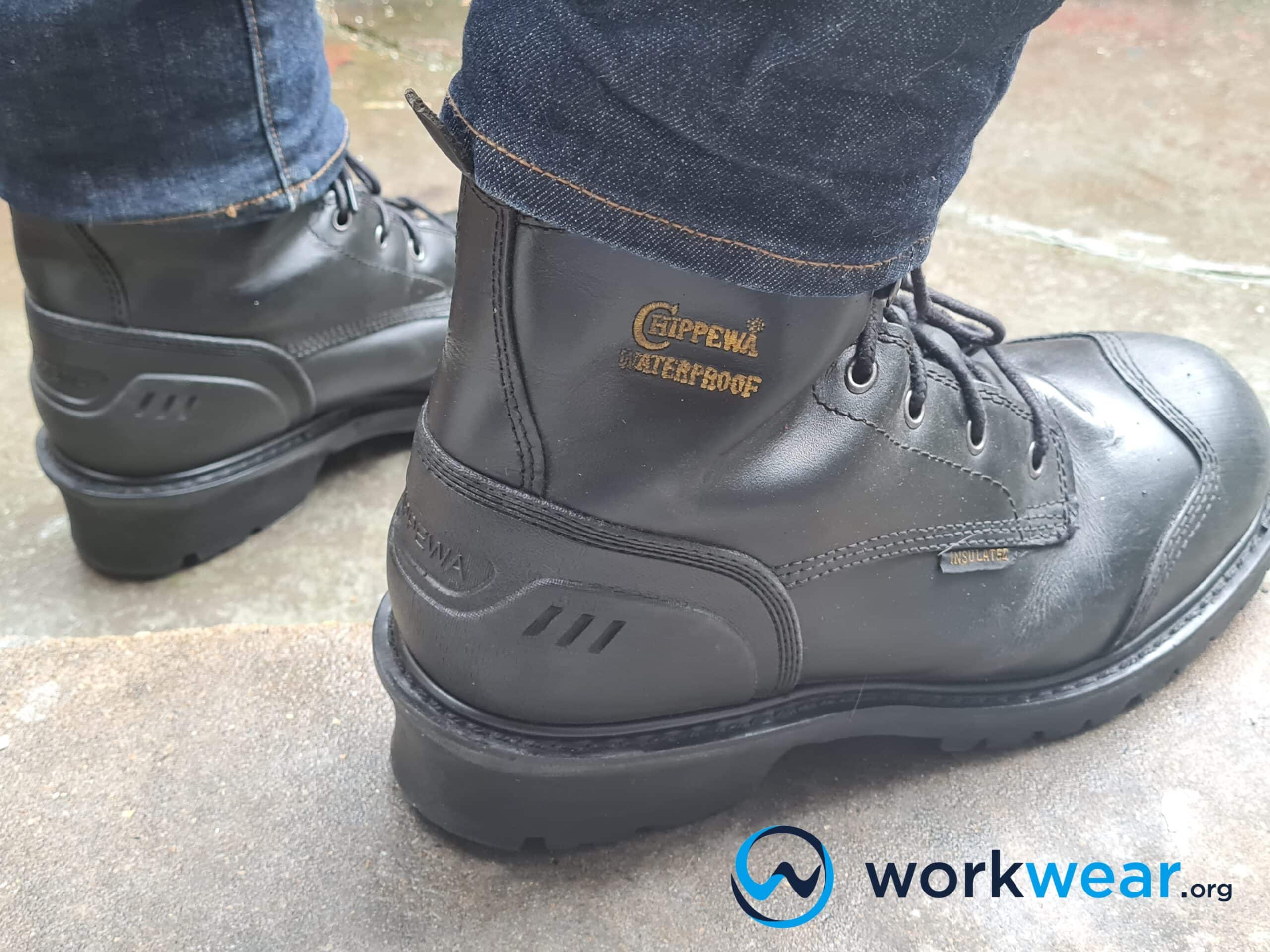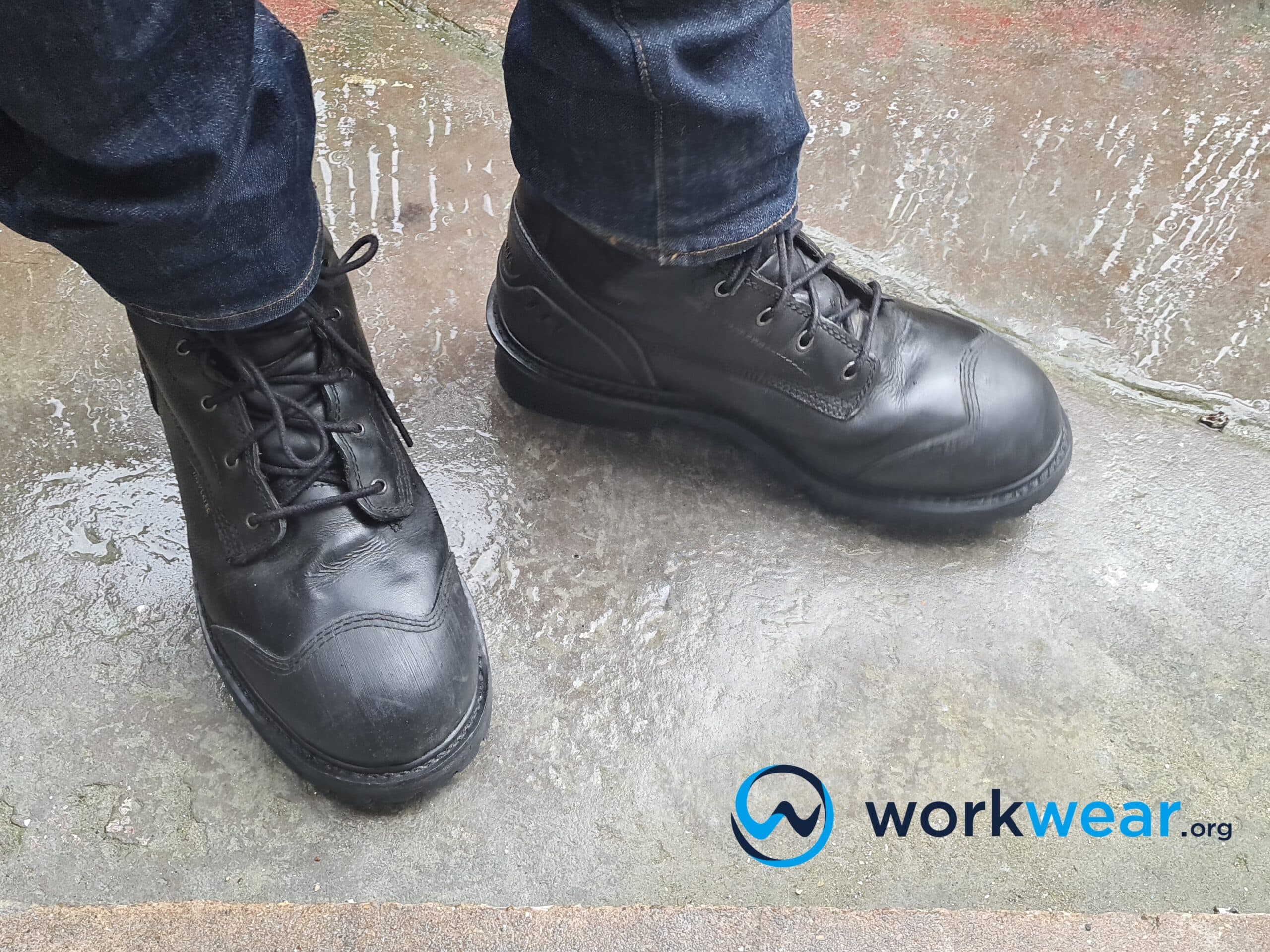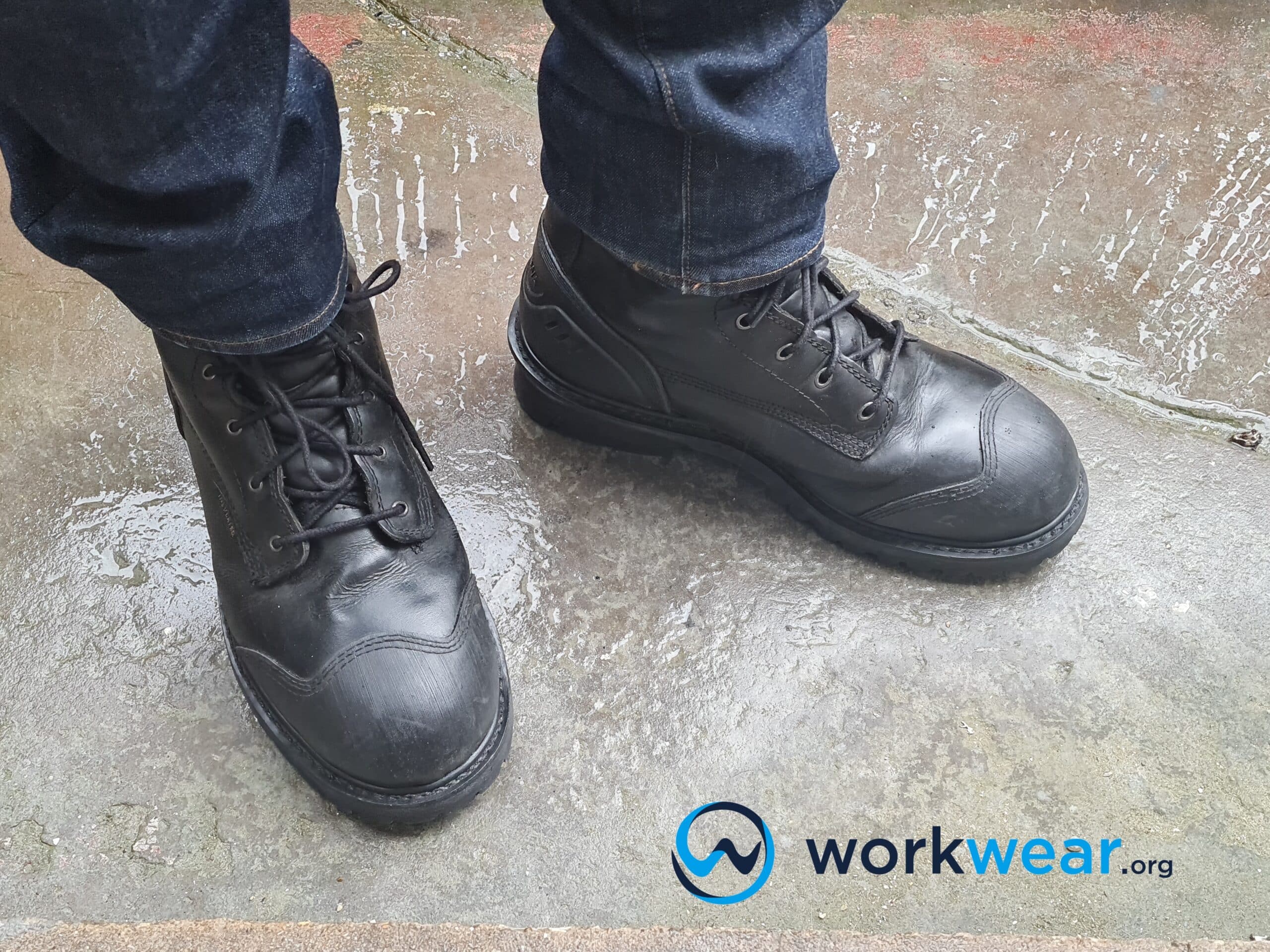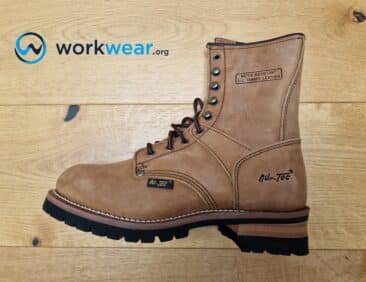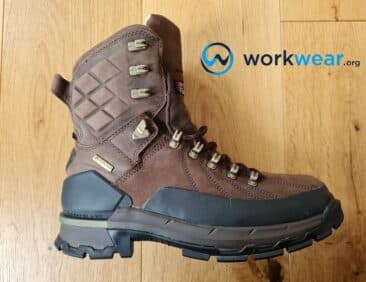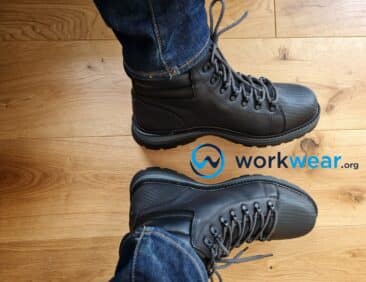How to Remove Mud From Work Boots
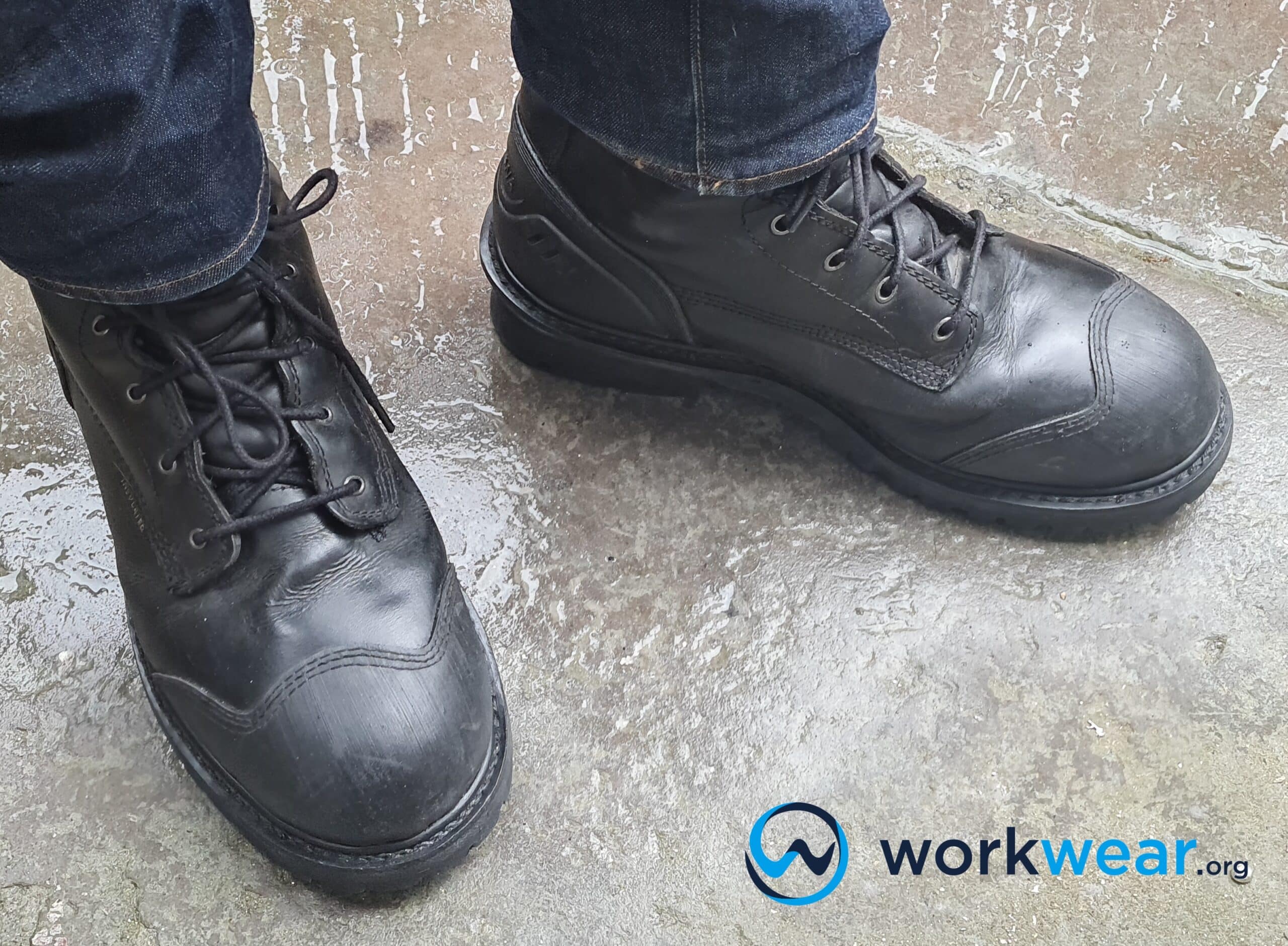
Work boots are built to take on the challenge of your daily tasks, even when you need to do your job in more demanding settings. When you work outdoors, rain and water puddles aren’t the only threats to your footwear. There’s also mud which is much harder to remove, especially if it’s been rubbed in or absorbed by the boots’ material.
Even if the work boots are tough, they must be treated carefully with the proper cleaning processes to extend their life. In this article, we’ll give tips on successfully removing mud from work boots without damaging the material, enabling you to continue enjoying the boots’ superb qualities for much longer.
Why does Mud Need to be Removed from Work Boots?
To prevent the leather from drying.
When mud is left for a long time on work boots, it can penetrate the leather and cause it to dry. The dryness due to the build-up of mud can make the leather crack, negatively affecting the work boots’ appearance and performance.
To protect the leather against scratches
Aside from soil and water, other materials are also found in mud. These can rub against the leather, increasing the risk of the material getting deep scratches that may not be easy to remove.
To stop the development of unpleasant smells
All the dirt and other debris mixed into the soil and water can develop bad smells, especially when mixed with sweat on the leather. So to prevent unpleasant smells and minimize the risk of skin problems, it’s important to get rid of the mud on work boots.
How to Remove Mud from Leather Work Boots
You must follow the steps to get rid of mud on leather work boots efficiently.
Stomp or shake off the mud
Even before you end your workday, you can start getting rid of the mud build-up by stomping or shaking the boots while you’re still outdoors. Doing so can help dislodge larger mud chunks on the leather surfaces, greatly reducing the debris you’ll need to deal with when you get home.
Beat the boots
To take off even more mud pieces, you can beat the boots’ soles against each other, dislodging the debris build-up that may have set in between the outsoles’ treads. You can also beat the boots against a hard surface like a wall. Again, make sure to do this step in an area that can get dirty or one that will be easy to clean afterward. This step will work best for dried mud that can more easily fall off in chunks.
Let the mud dry up
Your initial reaction may be to start scrubbing or wiping the mud off the boots soon after the exposure, but there’s also a benefit when you allow the mud to dry on the leather surface. Dried-up mud will be easier to remove because it can fall in large chunks when you stomp the boots or beat them together. On the other hand, wet or sticky mud can spread when you scrub or wipe the boots, and it can even seep in more deeply into the leather.
Take off the shoelaces
Take off the laces first to ensure you’ll easily get rid of any mud that may have settled into the laces’ material. Removing the laces will also make it easier for you to clean the mud and other debris that may have seeped into the eyelets.
Wipe off the mud
Remove mud on the work boots’ leather surfaces using a slightly damp cloth. For genuine leather, it’s best not to use any other cleaning agent (aside from plain water) on the cloth.
For synthetic leather, you can moisten the cloth using water or a solution made with water and hand soap or liquid dish soap. Using circular motions, rub the damp cloth over the mud stains to eliminate as much mud as possible. You may need to moisten the cloth a few more times if it gets dry before you’re finished wiping the boots.
Use a brush to remove more mud
If you’re using a brush, be careful not to use one with stiff bristles that can scratch the leather. Instead, use firm strokes to remove more mud build-up but ensure not to use too much force to avoid damaging the material. Also, don’t forget to use the brush on the eyelets, as these spaces may accumulate mud and dirt when the work boots are used outdoors.
Clean the leather using saddle soap
Mud can be removed safely and effectively with saddle soap instead of other cleaning agents that may damage leather. Place a small amount of saddle soap onto a clean cloth and apply it to the leather exterior using circular motions. Make sure to cover all the boots’ surfaces to get to all the mud that may have built up.
Wipe off the lather
Rinse the same cloth and wring out the excess water. Then, gently wipe the saddle soap lather with the damp cloth and the remaining mud off the leather work boots. Continue doing this until the leather exterior is free from all lather and mud residue.
Check the interior and shake off any debris that may have settled inside. You can use a vacuum to get rid of any dirt that may be left inside the boots.
Let the boots dry
After removing the mud with saddle soap, allow the boots to dry naturally. Don’t dry the boots under the sun because direct sunlight will damage the leather material. Instead, it’s best to put the boots in a well-ventilated area where they can completely air-dry but won’t be harmed by sunlight.
It’s also important not to use a hair dryer because the intense heat can warp the leather.
Condition the leather
After the work boots have completely dried, it’s time to condition the leather. You can use mink oil, linseed oil, or commercial leather conditioning products that you can readily buy. Apply the conditioner to the leather using a gentle yet firm circular motion, ensuring that the conditioner will be maximized as the material absorbs it. You can repeat the process if you notice that the leather looks particularly dry after one coat of the conditioner. You’ll know when the leather has been conditioned enough when the material looks damp as it stops absorbing the oil or conditioner.
After this leather conditioning step, it’s best to allow the boots to rest for half a day (or one whole day), after which you can check if you’ll need to wipe off any excess conditioner or oil with a clean, dry cloth.
Conclusion
When you constantly work outdoors, avoiding getting mud on your work boots may be challenging. The mud build-up can damage the boots if not removed for a long time, so it’s best to deal with the problem with the most effective methods. While still outdoors, it’s a good idea to stomp the boots or shake them to remove as much mud as possible before you get home. After a busy workday, you can beat the boots against a hard surface to dislodge more mud. Allowing the mud to dry can help, as dried-up mud is easier to remove than wet mud. Removing the shoelaces before wiping or brushing the exterior is important to get off more mud deposits. Saddle soap effectively removes mud, which wipes off along with the lather. The boots should then be allowed to dry completely using proper ventilation (away from direct sunlight) before being conditioned.
FAQs
- Why is it important to condition leather work boots after cleaning?
- Leather needs to be conditioned regularly to ensure that enough moisture is retained or brought back so that the material can maintain its suppleness and flexibility. Keeping the leather nicely conditioned can help prolong its function and aesthetics and prevent cracking.
- Can liquid detergent remove mud from leather work boots?
- No, using liquid detergent or other cleaning agents on leather boots is not a good idea. This is because the ingredients of these cleaning products may damage the leather. However, it’s still best to wipe off the mud with a piece of cloth that’s dampened with water and saddle soap to take out deep-seated mud and dirt.
- What’s the best way to get rid of mud on the shoelaces?
- Using a small brush, gently scrape off mud build-up on shoelaces. Synthetic materials such as nylon and polyester can be soaked in soapy water and rinsed to eliminate the mud. On the other hand, leather shoelaces can be wiped with a piece of cloth that has been moistened with warm water. Avoid soaking leather shoelaces in water or other liquids because doing so can cause the material to break.
